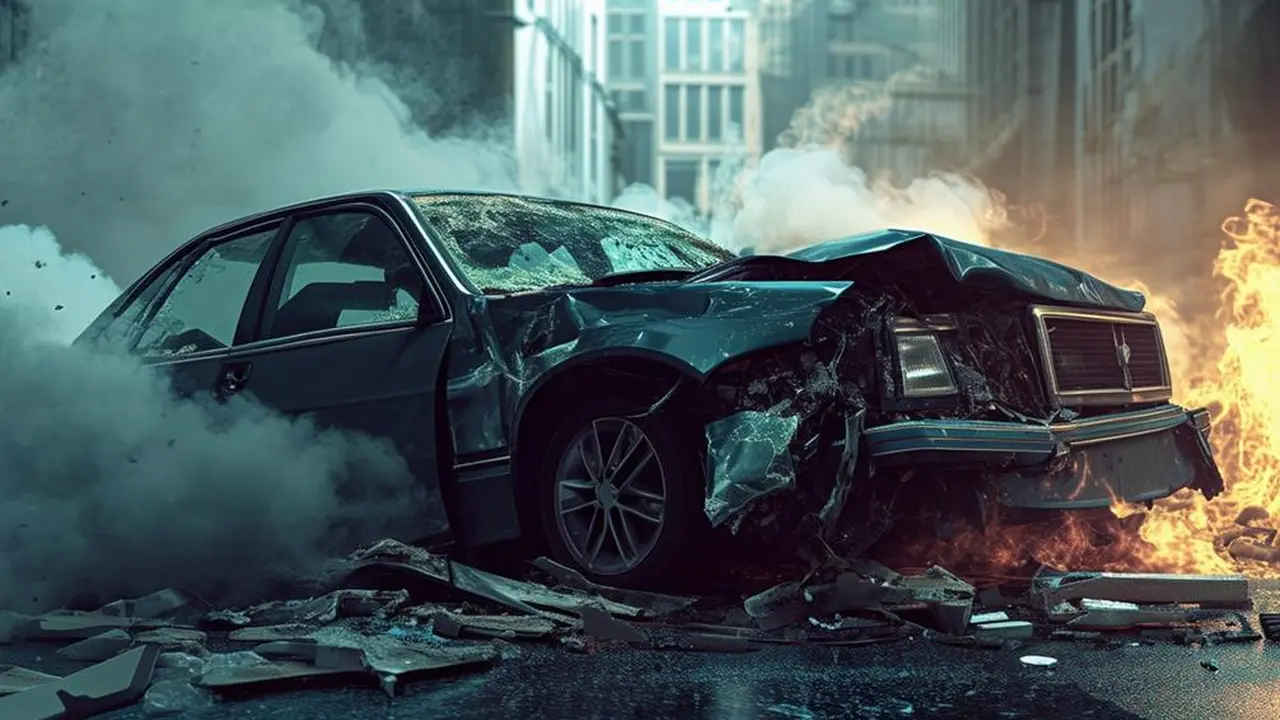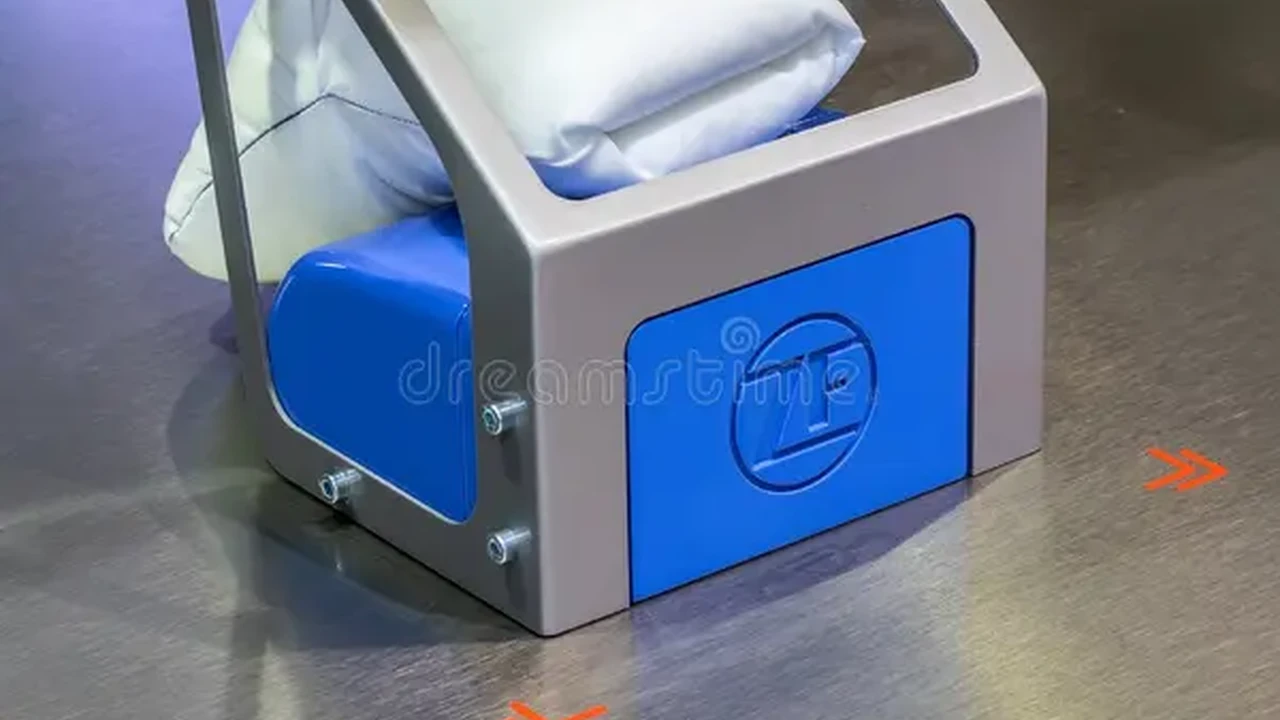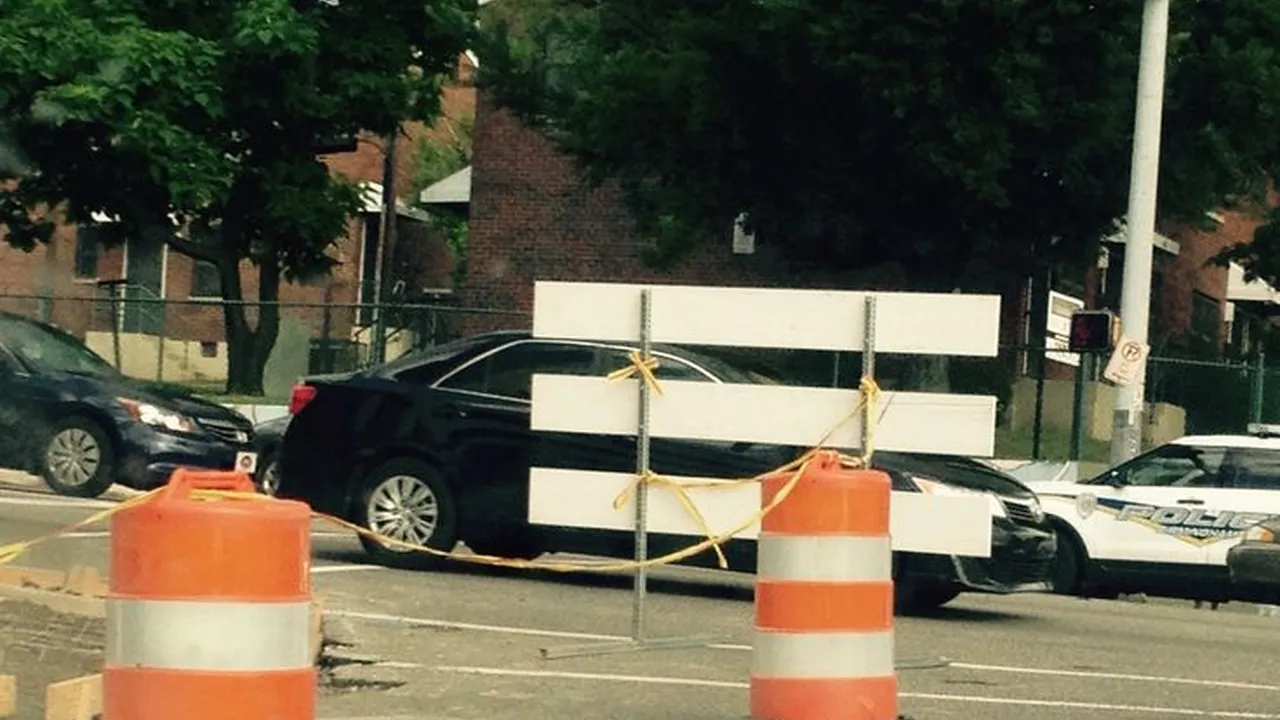Filing a Car Insurance Claim: A Comprehensive Guide
Sample meta description.

Understanding Car Insurance Claim Basics What You Need to Know
So, you've been in a car accident. It's a stressful time, no doubt. But knowing how to file a car insurance claim can make the process a whole lot smoother. This guide will walk you through everything you need to know, from gathering information at the scene to negotiating a settlement.
First things first, what exactly is a car insurance claim? It's essentially a formal request to your insurance company (or the other driver's insurance company if they were at fault) to cover the costs associated with the accident. These costs can include vehicle repairs, medical bills, lost wages, and even pain and suffering.
Before you even think about filing, make sure you understand your insurance policy. What's covered? What's your deductible? What are the limits of your coverage? This information is crucial for knowing what to expect and how much you might be responsible for paying out of pocket.
Gathering Information at the Scene Essential Steps After an Accident
Right after the accident, your adrenaline is probably pumping. But try to stay calm and collect as much information as possible. This is vital for a successful claim.
Here's your checklist:
- Ensure Safety: Check yourself and passengers for injuries. If possible, move your vehicle to a safe location away from traffic.
- Call the Police: Even for minor accidents, it's often best to call the police. They'll create an official accident report, which will be extremely helpful for your claim.
- Exchange Information: Get the other driver's name, address, phone number, insurance information (company and policy number), and license plate number. Provide them with your information as well.
- Document the Scene: Take photos and videos of the damage to all vehicles involved, the accident scene (including road conditions, traffic signs, and any relevant landmarks), and any visible injuries.
- Gather Witness Information: If there were any witnesses, get their names and contact information. Their statements can support your claim.
Don't admit fault at the scene, even if you think you might be partially responsible. Let the insurance companies investigate and determine fault based on the evidence.
Reporting the Accident to Your Insurance Company Prompt Notification Matters
Once you've gathered the necessary information, it's time to report the accident to your insurance company. Most policies require you to report accidents promptly, even if you're not planning to file a claim. Delaying notification could jeopardize your coverage.
When you call your insurance company, be prepared to provide the following information:
- Your policy number
- Date, time, and location of the accident
- Description of the accident (how it happened)
- Information about the other driver (name, insurance information, etc.)
- Information about any witnesses
- Extent of the damage to your vehicle
Be honest and accurate in your description of the accident. Avoid speculating or guessing about anything you're unsure of. Stick to the facts.
The Claim Process From Filing to Settlement Negotiation
After you report the accident, your insurance company will assign a claims adjuster to your case. The adjuster will investigate the accident, assess the damage, and determine who is at fault.
Here's a general overview of the claim process:
- Claim Filing: You'll officially file a claim with the insurance company. This usually involves filling out a claim form and providing all the information you gathered at the scene.
- Investigation: The claims adjuster will investigate the accident to determine fault. This may involve reviewing the police report, interviewing witnesses, and inspecting the damage to the vehicles.
- Damage Assessment: The adjuster will assess the damage to your vehicle and determine the cost of repairs. You may be required to get estimates from several repair shops.
- Negotiation: Once the adjuster has assessed the damage and determined fault, they'll make you a settlement offer. You can accept the offer or negotiate for a higher amount.
- Settlement: If you agree on a settlement amount, you'll sign a release form, and the insurance company will issue a payment.
During the negotiation process, be prepared to provide documentation to support your claim. This may include medical bills, repair estimates, and proof of lost wages.
Understanding Fault Determination Who's Responsible and Why
Fault determination is a critical aspect of the car insurance claim process. The insurance company will determine who was at fault for the accident based on the evidence available. This determination will affect who is responsible for paying for the damages.
Many factors can influence fault determination, including:
- Police Report: The police report often contains a determination of fault based on their investigation of the accident.
- Witness Statements: Witness statements can provide valuable information about how the accident occurred and who was at fault.
- Traffic Laws: Violations of traffic laws, such as speeding or running a red light, can be strong evidence of fault.
- Road Conditions: Poor road conditions, such as ice or snow, can contribute to accidents and may affect fault determination.
If you disagree with the insurance company's fault determination, you have the right to appeal their decision. You may need to provide additional evidence to support your claim.
Navigating Diminished Value Claims Protecting Your Car's Worth
Even after your car is repaired after an accident, it may still be worth less than it was before the accident. This is known as diminished value. You may be able to file a diminished value claim to recover the difference in value.
To file a diminished value claim, you'll need to provide evidence that your car has lost value as a result of the accident. This may include:
- Appraisal: Get an appraisal from a qualified appraiser who can assess the diminished value of your vehicle.
- Documentation: Gather documentation showing the condition of your car before and after the accident.
- Expert Testimony: You may need to hire an expert witness to testify about the diminished value of your car.
Diminished value claims can be complex, so it's often best to consult with an attorney who specializes in these types of claims.
Dealing with Uninsured or Underinsured Motorists Options and Recourse
What happens if you're involved in an accident with an uninsured or underinsured motorist? This can be a challenging situation, but you still have options.
If the other driver is uninsured, you may be able to file a claim under your own uninsured motorist coverage. This coverage will pay for your damages up to the limits of your policy.
If the other driver is underinsured, you may be able to file a claim under your own underinsured motorist coverage. This coverage will pay for your damages that exceed the other driver's policy limits.
In some cases, you may also be able to sue the uninsured or underinsured driver to recover your damages. However, this can be difficult if the driver has limited assets.
When to Hire an Attorney Seeking Legal Assistance for Your Claim
While many car insurance claims can be handled without an attorney, there are certain situations where legal assistance is highly recommended. These include:
- Serious Injuries: If you've suffered serious injuries in the accident, an attorney can help you navigate the complex legal and medical issues involved.
- Disputed Fault: If the insurance company is disputing fault, an attorney can help you gather evidence and build a strong case.
- Denied Claim: If your claim has been denied, an attorney can help you appeal the decision or file a lawsuit.
- Complex Legal Issues: If your case involves complex legal issues, such as diminished value or uninsured motorist coverage, an attorney can provide valuable guidance.
An attorney can protect your rights and help you obtain the compensation you deserve.
Car Insurance Claim Product Recommendations and Comparisons
Navigating the aftermath of a car accident can be stressful, and having the right tools can make a big difference. Here are some product recommendations to help you document the scene, gather evidence, and stay organized throughout the claims process:
Dash Cams for Accident Recording and Evidence Gathering
A dash cam can be your best friend in an accident. It provides irrefutable video evidence of what happened, which can be invaluable in determining fault. Here are a few options:
- Garmin Dash Cam 67W: This dash cam offers a wide 180-degree field of view, capturing a comprehensive view of the road. It also features automatic incident detection, which saves video footage when an accident occurs. Price: Around $200. Use Case: Excellent for everyday driving and capturing clear footage in various lighting conditions.
- Thinkware Q800PRO: This is a high-end dash cam with 2K QHD recording, advanced driver assistance systems (ADAS), and Wi-Fi connectivity. It also has a parking mode that records footage when your car is parked. Price: Around $350. Use Case: Ideal for drivers who want top-of-the-line features and enhanced security.
- Vantrue N2 Pro Uber Dual Dash Cam: This dash cam records both the road ahead and the interior of your car. It's particularly useful for rideshare drivers or anyone who wants to monitor their passengers. Price: Around $250. Use Case: Perfect for rideshare drivers or anyone who wants to record both inside and outside their vehicle.
Comparison: The Garmin Dash Cam 67W is a solid all-around option with a wide field of view. The Thinkware Q800PRO offers superior video quality and advanced features, but it comes at a higher price. The Vantrue N2 Pro is a great choice for those who need to record both the road and the interior of their car.
Smartphone Apps for Accident Reporting and Documentation
Your smartphone can be a powerful tool for documenting an accident scene. Here are a few apps that can help:
- Accident Checklist: This app provides a step-by-step checklist of what to do after an accident, including gathering information, taking photos, and reporting the accident to your insurance company. Price: Free. Use Case: Helpful for staying organized and ensuring you don't miss any important steps.
- Car Accident Report: This app allows you to create a detailed accident report with photos, videos, and witness statements. You can then email the report to your insurance company. Price: $4.99. Use Case: Simplifies the process of creating and submitting an accident report.
- WreckCheck: This app helps you document the accident scene with guided photo prompts and a built-in accident report form. It also provides tips on what to say and what not to say after an accident. Price: Free with in-app purchases. Use Case: Provides guidance and support during a stressful situation.
Comparison: Accident Checklist is a free and simple app for staying organized. Car Accident Report offers more advanced features for creating a detailed accident report. WreckCheck provides guidance and support throughout the entire process.
Portable Jump Starters for Emergency Situations
A portable jump starter can be a lifesaver if your car battery dies after an accident. Here are a few options:
- NOCO Boost Plus GB40: This jump starter is compact and powerful, capable of jump-starting most vehicles up to 6 liters. It also has a built-in flashlight and USB power bank. Price: Around $100. Use Case: Excellent for everyday use and emergency situations.
- GOOLOO GP4000: This jump starter is even more powerful, capable of jump-starting vehicles up to 10 liters. It also has a built-in air compressor and USB ports. Price: Around $150. Use Case: Ideal for larger vehicles or those who need to inflate tires.
- Audew Car Jump Starter: This jump starter is a more affordable option that still offers plenty of power. It also has a built-in flashlight and USB ports. Price: Around $70. Use Case: A budget-friendly option for jump-starting most vehicles.
Comparison: The NOCO Boost Plus GB40 is a reliable and compact option. The GOOLOO GP4000 offers more power and additional features like an air compressor. The Audew Car Jump Starter is a budget-friendly option that still gets the job done.
Having these tools on hand can help you stay prepared and navigate the car insurance claim process with greater confidence.
:max_bytes(150000):strip_icc()/277019-baked-pork-chops-with-cream-of-mushroom-soup-DDMFS-beauty-4x3-BG-7505-5762b731cf30447d9cbbbbbf387beafa.jpg)






